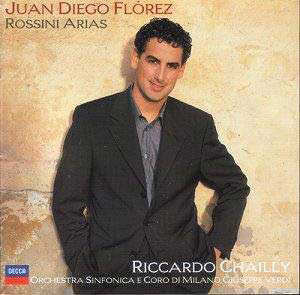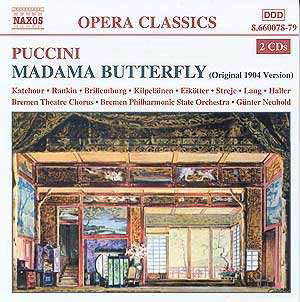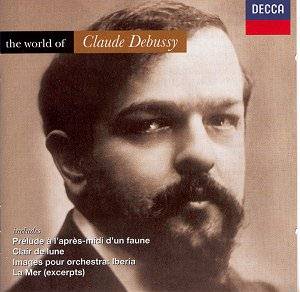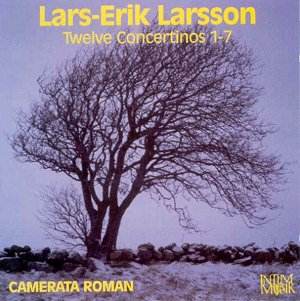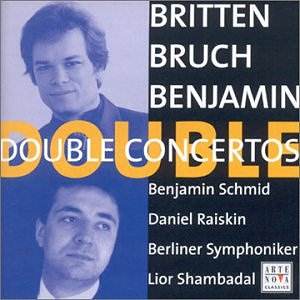 Composer: Max Bruch
Composer: Max Bruch
Works: Double Concerto Op. 88, Arthur Benjamin – Romantic Fantasy, Benjamin Britten – Double Concerto
Performers: Benjamin Schmid (violin), Daniel Raiskin (viola), Berlin Symphony Orchestra, Lior Shambadal (conductor)
Recording: Recorded at Jesus Christ Church, Berlin-Dahlem, Germany, 24-26 September 2001
Label: ARTE NOVA 74321 89826 2
Max Bruch, often overshadowed by the titanic figures of the late Romantic period, crafted a body of work that is both tuneful and harmonically rich, epitomized in his Double Concerto for Violin and Viola, Op. 88. Written in 1911, this piece reflects the composer’s enduring attachment to melodic invention and orchestral color, drawing on a style that remained largely unchanged from his earlier successes. The juxtaposition of Bruch’s work with Benjamin’s Romantic Fantasy and Britten’s Double Concerto not only highlights the varied landscapes of 20th-century British music but also invites a consideration of how each composer navigated the interplay between the traditional and the innovative.
The performance, led by the Berlin Symphony Orchestra under Lior Shambadal, benefits from the virtuosic interpretations of soloists Benjamin Schmid and Daniel Raiskin. Schmid’s playing is characterized by a lyrical expressiveness that captures the essence of Bruch’s melodic contours. In the first movement of the Double Concerto, his interpretation reveals a deep understanding of the work’s emotional terrain. The dialogues between violin and viola are deftly rendered, particularly in the lush second theme where the two instruments weave together in a manner that is reminiscent of a conversation between intimate friends. Raiskin’s viola complements Schmid’s violin with a warm, rich tone, particularly effective in the recitativo passages that evoke a sense of improvisation.
Benjamin’s Romantic Fantasy, featuring glockenspiel in the scherzo, presents a delightful contrast. The orchestration is both exotic and introspective, echoing Mahler’s late-Romantic language while maintaining a distinctive British voice. The performance here is particularly noteworthy; the glockenspiel adds a sparkle that elevates the texture, and the musicians navigate the three-movement structure with a keen sense of pacing. The dialogue between the soloists is a highlight, especially in the rapid exchanges that showcase both technical prowess and musicality, allowing the piece to resonate with an air of freshness.
Britten’s Double Concerto, sketched during his teenage years, reveals a composer grappling with his nascent identity. Shambadal’s direction brings forth the work’s youthful intensity, with the horn fanfares in the opening movement heralding a spirited exploration of the orchestral palette. The structural clarity of Britten’s composition emerges through the orchestra’s precise articulation of the score, particularly in the Tarantella finale, which bursts forth with vibrant syncopation. This movement serves as a fitting conclusion, replete with a jubilant return to the opening motifs, underscoring Britten’s ability to fuse intricate counterpoint with robust thematic development.
Sound quality on this recording is commendable, with a balanced mix that ensures clarity across the ensemble. The engineering captures the nuances of the performances, allowing the listener to appreciate the subtleties of each instrumental voice while maintaining the overall orchestral blend. This is particularly evident in the quieter passages where delicate interplay between instruments can often be lost in less careful productions.
The combination of these three works, performed with such conviction and skill, illuminates the distinct yet interconnected threads of British string writing across the decades. Bruch’s lyrical Romanticism, Benjamin’s vibrant and exotic textures, and Britten’s youthful vigor create a tapestry that is as engaging as it is diverse. This recording stands as a testament to the enduring appeal of these compositions, showcasing the exceptional talents of its performers while inviting listeners to experience the richness of the repertoire. The thoughtful programming and high level of artistry on display make this an essential addition to any chamber music enthusiast’s collection.
